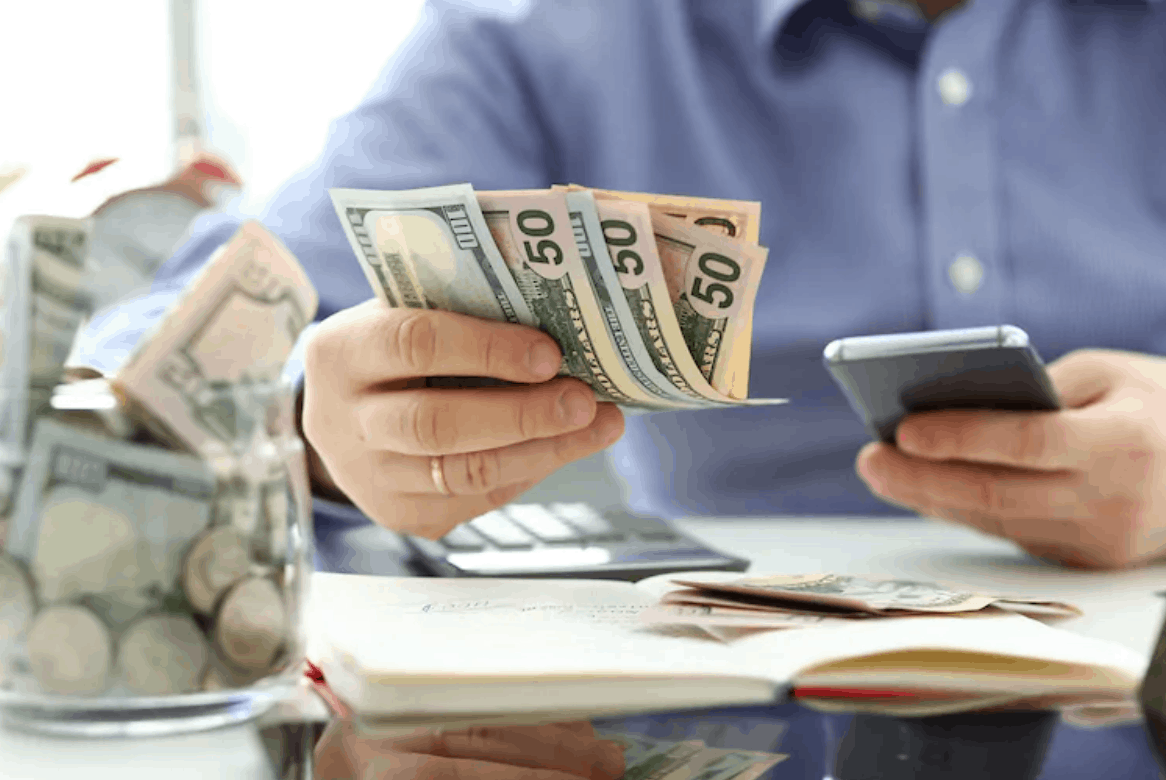As of Dec. 22, 2020, there were more than 75.5 million cases of COVID-19 around the world. The coronavirus pandemic has upended the economy, disrupted the global supply of goods and driven up unemployment rates. It’s little wonder Americans are concerned about the future of their finances.
For the past 50 years, personal savings in the U.S. averaged just 9% of disposable income. In April 2020, that number reached an all-time high of 33.70%, according to Trading Economics. At a time when the economy is still struggling and not expected to return to pre-pandemic level until 2022, vaccine distribution is ongoing, and a new administration is entering the White House, putting some money into a high-yield savings account makes sense.
If you’re looking to save more money — for emergencies, last-minute expenses, or long-term personal finance goals — then head to online marketplace Credible to compare high-yield savings accounts and shop around in one location based on your needs.
Should I put my money in a high-yield savings account?
There are many reasons to put your money into a high-yield savings account, particularly if you have a lot of cash sitting in your account right now not earning any interest. If you’re not consistently dipping into your savings and you want to make some extra money, then a high-yield savings account may be right for you.
Consumers can check out high-yield savings options via Credible’s marketplace to save extra cash.
Still not convinced? Here are six reasons why it’s a good idea to put money in a high-yield savings account.
- Higher interest rate compared to traditional savings accounts
- Your money is safe and secure
- Easily access your money
- Compounding interest
- No additional fees
- Interest rates will likely increase to previous levels
1. Higher interest rate compared to traditional savings accounts
The national average savings account earns just 0.09% APY, according to the FDIC. In comparison, the average interest rate on a high-yield savings account is 0.6%. Despite the low-interest rates, high-yield savings accounts are still a safe bet.
At the beginning of the pandemic, the Federal Reserve dropped interest rates to near 0% as a way to support the economy. In accordance, banks and credit unions lowered interest rates on their financial products, including high-yield savings accounts, to half of what they were one year ago.
Despite interest rates on high-yield savings accounts hovering between 0.8% and 1%, they still outpace earnings with a traditional savings account. To see how high-yield savings accounts can save you money, check out these high-yield savings options via the Credible marketplace to save extra cash.
2. Your money is safe and secure
Some people avoid high-yield savings accounts because they’re not sure how they work or think they aren’t safe. But unlike some investments, when you put your money into a high-yield savings account, you can rest assured it’s safe and secured by the government with FDIC insurance up to $250,000.
3. Easily access your money
Any money that you deposit in a high-yield savings account is easily accessible. You can withdraw or transfer your funds as often as six times per month — the maximum number of withdrawals the FDIC allows — without penalty.
Many banks and credit unions allow you to withdraw your funds via an ATM, call or visit your local branch office, or you can transfer funds electronically by linking to another bank account. Keep in mind that there may be a delay of between 24 and 48 hours to receive your money.
4. Compounding interest
High-yield savings accounts compound interest, either daily, monthly or quarterly. That means you’re earning interest on both your principal amount and on the interest you’ve already earned. This can greatly accelerate the growth of your savings over time, adding nicely to your rainy day fund.
Credible can help you find a high-yield savings bank account provider and find interest rates that will boost your savings.
Let’s say you deposit $1,000 into your savings account with 1% interest compounded daily. At the end of year one, you will have $1,010.05 in your account. At the end of two years, you’ll have $1,020.20. At the end of 10 years, you’ll have a nice emergency fund of $1,105.17 — and that’s if you make no additional deposits into your accounts.
But, if you were to add $100 per month into your account, after 10 years, you would have saved a total of $13,730.62 and earned $730.62 in interest.
5. No additional fees
Most high-yield savings accounts have no monthly fees attached to them and no or low minimum deposits. Some banks, credit unions and online accounts require you to maintain a minimum balance to avoid paying these fees, so it doesn’t hurt to shop around and maximize your earnings with these high-yield savings options on the Credible marketplace. Some online lenders offer FDIC-insured high-yield savings accounts with interest rates much higher than traditional banks.
6. Interest rates will likely increase to previous levels
Your first reaction to such low-interest rates on high-yield savings accounts may be to look for a better yield elsewhere. But if you have a savings strategy in place, it’s best to stay on track because interest rates will increase back to pre-coronavirus levels. Until they do, you can explore how to earn more cash with high-yield savings options via Credible.

